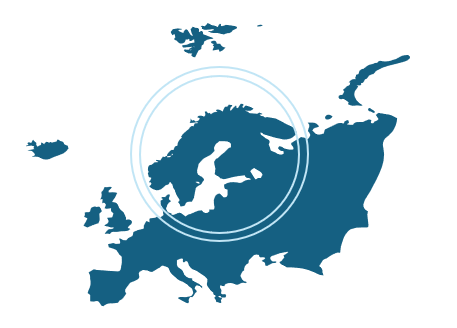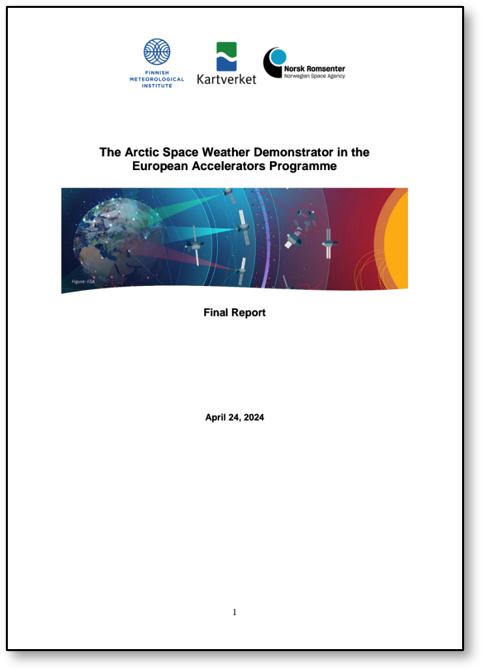To build on existing user engagement efforts and gather valuable feedback on ESA’s Space Weather services provided, the Space Weather Demonstrator project was initiated.
Phase 1, known as the Arctic Space Weather Demonstrator, was launched in 2023. It focused on a geographically limited area during a period of increasing solar activity, supported by a joint Finnish-Norwegian contribution.
Published in 2024, the final report from the Arctic phase underscored the importance of comprehensive user engagement to ensure the development of space weather services that are both relevant and impactful.
Why the Arctic Region?
As Arctic countries, Finland and Norway experience space weather phenomena on a daily basis. In fact, the Arctic is one of the most active regions even during small to moderate space weather events, leading to unique user needs and application areas.

These countries are also recognised for their strong preparedness in service provision, robust data acquisition infrastructure, and a legacy of close cooperation in space weather research and operations—making them ideal partners for this demonstrator initiative.
Strengthening user involvement in SWESNET deployment
Comprehensive user engagement is a key prerequisite for the successful implementation of European space weather services. The overall objective of this pilot initiative is to familiarise stakeholders across relevant societal sectors with the pre-operational Space Weather Service Network (SWESNET), developed through multinational collaboration under the ESA Space Safety Programme.
The project focuses on conducting a series of interviews with both authorities and operators of critical infrastructure in Finland and Norway. The aim is to gather concrete examples of how space weather impacts their daily operations.
ESA’s SWESNET products, and their potential to enhance preparedness against space weather risks, have been central to these discussions—supporting the ambition to broaden user engagement in the future development of network services.
The final report
Published in early 2024, the final report of the Arctic Space Weather Demonstrator synthesises key findings from Phase 1 of the project.

A key takeaway from this pilot phase is that, to support broader user engagement, SWESNET should prioritize user-friendly design and streamlined access to reliable data. Moving forward, improving the quality of existing tools—rather than adding new ones—will be key to ensuring effective, tailored space weather services.
